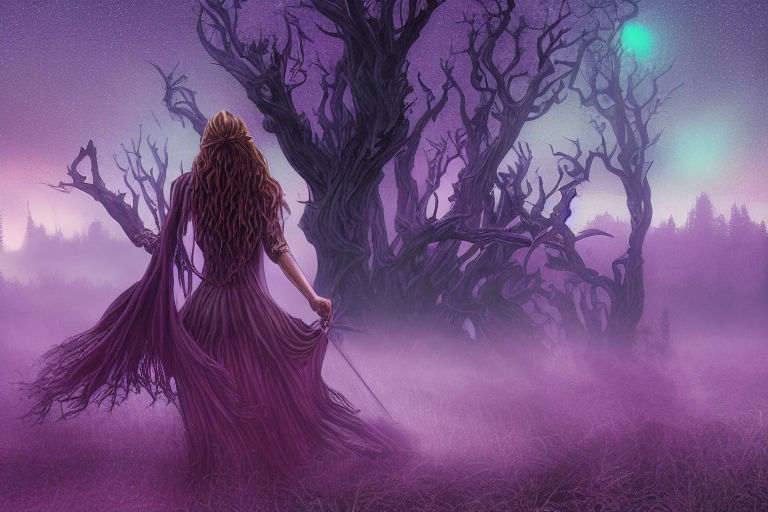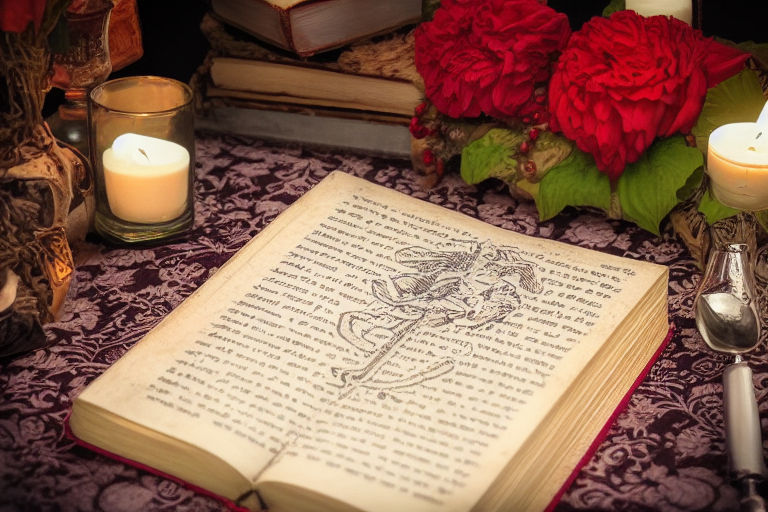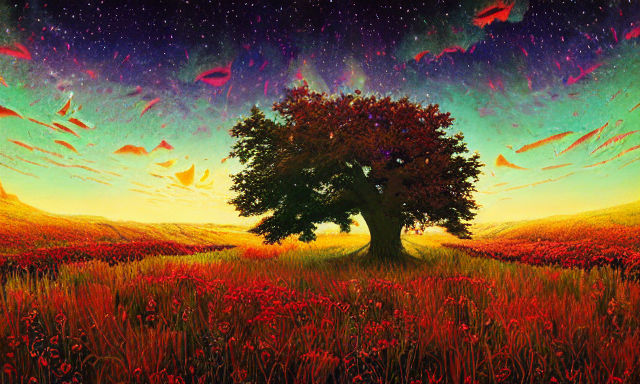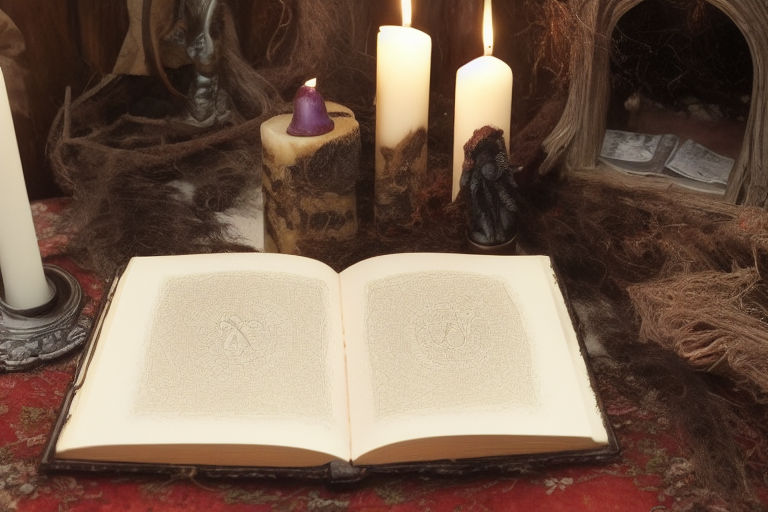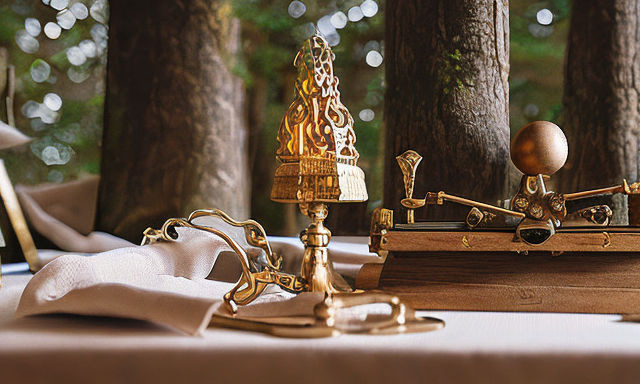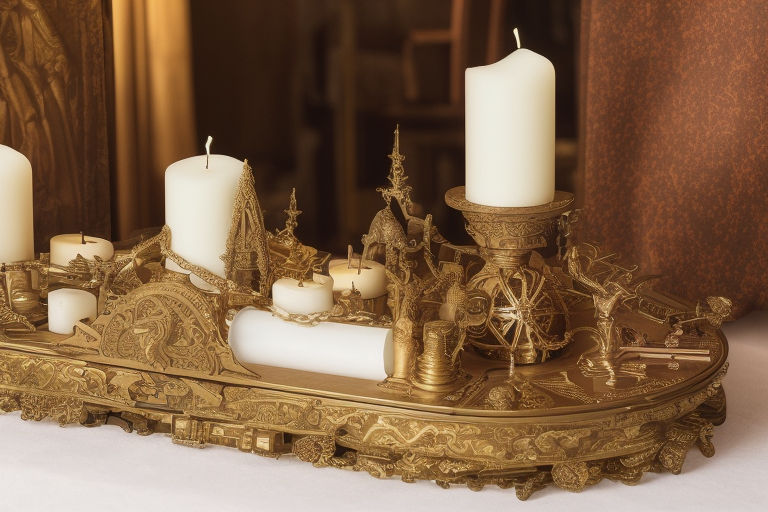What it Means to Be a Pagan
If you’re looking for a description of Celtic paganism, you’ve come to the right place. We’ll look at Wicca, Heathenry, and Druidism. Plus, we’ll discuss the differences between these four philosophies. Read on to find out which one fits you best! But first, a little background: Pagans worship ancient polytheistic gods. The original pagans devoted themselves to a polytheistic religion.
Heathenry
There are several differences between Heathenry and being a pagan. While some Heathen communities celebrate various holidays throughout the year, many others practice solely for personal gain. Regardless of your personal preference, it is possible to practice Heathenry without a partner. It is a wonderful way to connect with other like-minded people. If you are considering becoming a Heathen, here are some things to consider before deciding whether it is the right path for you.
One of the most notable differences between Heathenry and being a pagan is the lack of dogmatism. Most Heathens believe that Odin, the creator god of the universe, created all mankind, including people of every race and ethnicity. There are also many strong female Goddesses in Heathenry, and the religion rejects the concepts of transphobia and homophobia. Heathenry also teaches that homosexuality and cross dressing are legitimate ways of expressing one’s sexuality.
Although heathenry emphasizes living rightly in the present, it does not place as much importance on the afterlife as other religions do. In contrast to Christianity, the Norse equivalent of heaven, Valhalla, is reserved for warriors who have died in battle. Half of the battle-slain warriors go to Freyja’s hall. The other half go to Odin’s hall. People who drown or die naturally go to Goddess Hel’s hall.
The religious practices of Heathenry vary from region to region. While some Heathens practice solitary practices, others join local groups, called ‘hearths’. These groups often meet regularly to perform rituals and discuss beliefs and traditions. Most Heathen groups are small, with five to fifteen members. Those who join heathen groups often network with other heathen groups in their area. Priests and priestesses lead these groups, and are in charge of leading group rituals.
Wicca
Wicca is a religion that draws its inspiration from ancient cultures, such as Celtic and pre-Christian Anglo-Saxon traditions. As a pagan, you will find commonalities in Wiccan beliefs, including the belief in karma, rebirth, and nature spirits. Wiccans also believe in a cycle of rebirth, and do not believe in heaven.
Many Wiccans believe that Wicca is a harmless religion that has nothing to do with evil. Unfortunately, the truth is far different. Satan wants Wiccans to believe that Wicca is evil, and uses many different methods to trick them into thinking that it is. Often, Satan masquerades as an angel of light, and his followers claim to be the servants of righteousness. In the Bible, Paul warns Wiccans to repent and turn to the true God.
Historically, the religion first appeared in the 1930s in England, where it was later known as Wicca. From there, various groups continued this tradition, influenced by various sources including folk magic and ceremonial magic, as well as Romanticism and theosophy. In addition, Asian religions were also mentioned. Although it’s not known whether this is the real origin of Wicca, many non-Wiccans believe it is historically accurate.
The word pagan is a broad term that covers various types of spirituality. Pagan beliefs have been around for centuries, but the word pagan first appeared in medieval times. The word is derived from the late Latin word paganus, which originally meant a rural civilian. Over time, the word came to mean a non-Christian Christian, or someone who worships false gods.
Druidism
The spiritual path of Druidism is an open one, which encourages a love of nature and the sacredness of relationships and community. This religion fosters a sense of full connection to the world, while encouraging a passion for life. As a result, druids may choose to devote a great deal of their time to building stone circles, working with crystals, or celebrating life. This spiritual path is also deeply engaged with the natural world, including animals and sexuality.
Pagans are generally aware of the existence of deities and may believe in one, two, or several. In other words, they may regard each of the deities as an aspect of themselves, rather than a god. A Druid may worship multiple deities. Some Druids may be part of large organizations dedicated to practicing Druidism. These groups may be open to the public, while others may prefer to meet new members before attending a ritual.
Modern-day Pagan practices focus on grounding, which is an important concept in pagan practice. Grounding is a way to become aware of oneself. Whether you do so before rituals or after meditation, grounding helps calm anger or anxiety. As with all Pagan practices, you should practice grounding on your own terms. It is entirely up to you which method you prefer.
The nature of the divine is fundamental to Druidry. While Druids often share a common belief in a god, they may choose to identify as animists, pantheists, or polytheists. A Druid may also identify as a monotheist, although he or she believes in a single Deity.
Celtic paganism
Celtic paganism was the ancient religion of the Celts. These peoples lived in Europe before writing was invented. As a result, we only have evidence of their religion from early Christian literature, archaeology, and Greco-Roman accounts. Today, the religious practices of the ancient Celts have become popular and widespread. This article will examine the origins of this ancient religion. Let’s start by defining Celtic paganism.
The Celtic religions were based on fertility and an earth goddess. The Celtic priests, called druids, did not record their beliefs in writing and passed them down orally to the next generation. In fact, they disapproved of writing and believed that knowledge was best transferred orally. However, the Celtic language and culture spread much faster than the Celtic people. Whether the Celtic Spirit is genetic or not is largely unknown.
The ancient Celts tended to value community over individualism. The Celts were often depicted as warriors, so they valued community over individualism. Therefore, when practicing Celtic paganism, we should consider how our actions affect our community and the people around us. This will help us avoid a rift between our spirituality and your local community. A community of Celtic Pagans values the good of the people, so we must consider their needs.
Celts did not have temples before the Gallo-Roman period. They held their ceremonies in forest sanctuaries. By the end of the Gallo-Roman period, they began building temples in Britain and Gaul. Celtic polytheism involved various forms of sacrifice, from cattle to human. Human sacrifice was a common practice in Gaul, according to Pliny the Elder, and it was eventually forbidden under Tiberius. In the Middle Ages, Celtic paganism became controlled by the Christian Church.
Neopaganism
The differences between traditional and Neopaganism are vast, but the fundamentals of each religion remain similar. Neopagans believe in a single divinity that exists at the center of all reality, rather than a pantheon of gods. They see various archetypes as different aspects of this single divinity. Traditional Pagans do not view the gods as separate entities; they see them as facets of one another.
Many Neo-Pagans believe that modern humans are disconnected from nature, leading to various problems, such as environmental desecration, social alienation, and patriarchy. Neo-Pagans, on the other hand, aim to heal the rift by reconnecting with nature and her sacred dimensions. They often refer to this practice as re-enchanting the world. These differences between pagan and Neopaganism should not be confused.
Most neopaganisms make extensive use of nature symbolism and encourage a greater awareness of nonhuman life. In many traditions, explicit worship of the goddess Gaia is common. In addition, many Neopagans also venerate nature dieties. Ecological activism is considered a religious duty and often takes the form of various activism activities. Neopagans tend to meet outdoors, and their ritual calendars are based on the seasons and astronomical rhythms.
Neopaganism has a diverse range of traditions, including Native American religion and African shamanism. It is also closely related to modern witchcraft and ritual magic. The primary difference between these groups lies in their stances, which vary from each other. While most Neopagans consider themselves part of a broad category, there is some tension among the various groups. The differences between the different groups are subtle and largely irrelevant to the main beliefs of each.


